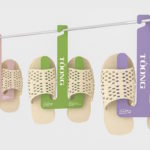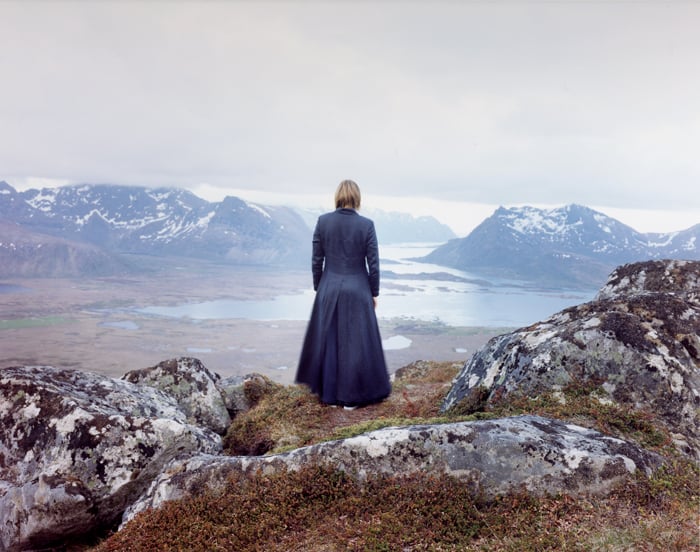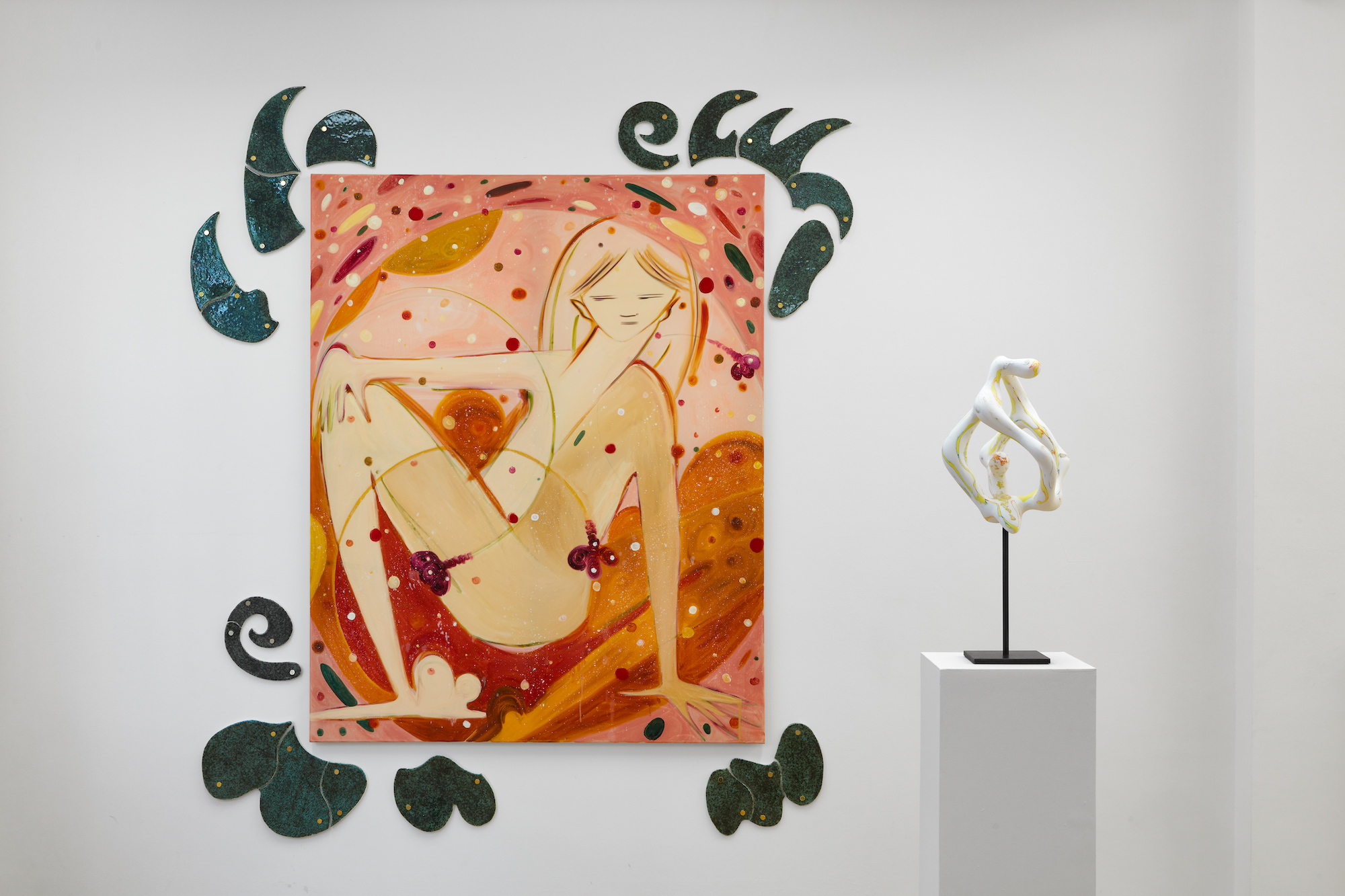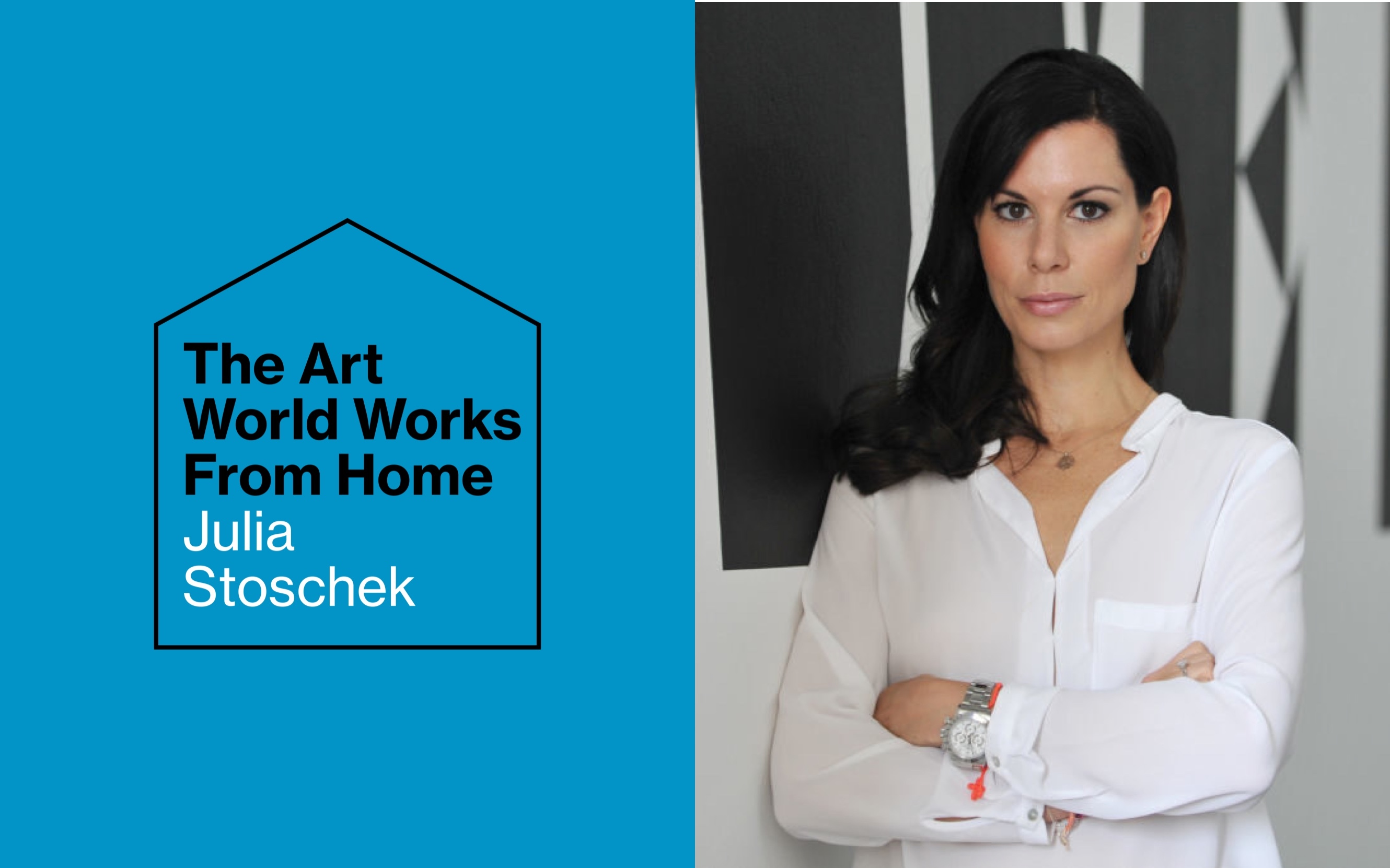Untitled (Given a wall, what's happening behind it?)
2016 - Drawing & Print (Drawing & Print)
121.92 x 121.92 cm.
Cristóbal Lehyt
Cristóbal Lehyt has conducted thorough research on the historical and cultural complexity of the northern region of Chile where the Atacama Desert is located. This area, rich both in terms of its cultural heritage and its natural resources (such as the copper mines), is at the origins of some of the most dramatic episodes in the country’s recent political history. With the series Untitled (Given a wall, what’s happening behind it?) Lehyt invites the viewer to read the inscription of death in the desert landscape, while raising questions on the status of the image: How does it respond to its original environment, and how does it portray the history of the context that generates it? In whose name does an image speak and what kind of drama does it project?
Cristóbal Lehyt’s work exposes the cultural gap that might separate one cultural scene from another and the potential misunderstandings this might provoke. His series El Norte derived from a specific location in Northern Chile in the Atacama Desert. This area has historically been the scene of various geo-political battles (between Chile, Bolivia and Perú), and contested economic resources, such as nitrate and copper mines. The drawings, paintings, and photographs that comprise this series deliberately question the patriotic sense of national identity, as well as Chile’s colonial history. They also evidence Lehyt’s consciously detached position from the legacy of the Chilean avant-garde scene (‘escena de avanzada’) that held a militant discourse against Pinochet’s dictatorship, in an effort to re-signify political art and critical practices.
Colors:
Related works sharing similar palette
» see more

© » KADIST
Kelly Sinnapah Mary
2021Notebook 10 , l ‘enfance de sanbras (The Childhood of Sanbras) series by Kelly Sinnapah Mary is a sequel to an earlier series by the artist titled Cahier d’un non retour au pays natal (2015)...

© » ARTS EQUATOR
How Dép Tổ Ong Goes From Timeless Family Keepsake to Millennial Icon (via Saigoneer) | ArtsEquator Thinking and Talking about Arts and Culture in Southeast Asia Articles September 16, 2018 Back in 2014, amid the weekly cycle of news, a particular image was more striking than most: Doctor and Professor Ngo Bao Chau stood in the middle of a makeshift classroom in a rural village in Thai Nguyen Province while teaching local kids...

© » IMA
the amana collection Exhibit 05 – Daisuke Yokota | Exhibition | IMA ONLINE the amana collection Exhibit 05 – Daisuke Yokota 14 December 2019 - 20 January 2020 IMA gallery TAGS IMA gallery Daisuke Yokota Share © Daisuke Yokota_untitled_from Color Photographs Where does the photographic process begin and where does it end? Often the making of a photograph is considered to be a momentary event: the instant when the shutter is released and a photosensitive element is exposed thereby recording the physicality of reality...
Related works found in the same semantic group
» see more

© » KADIST
Elina Brotherus
A subject’s back stands before a landscape of mountains, arid and majestic, Der Wanderer 3 revisits the theme of man versus nature dear to Romantic painting and the paintings of Caspar David Friedrich in particular...

© » KADIST
Michelle Handelman
2009In Dorian, a cinematic perfume, video is used as a community gatherer, a tool to speak about particular subcultures, in this case the trans-gender drag queen New York community, past and present...

© » KADIST
Micah Lexier
2017This One, That One by Micah Lexier does not have one ultimate version, but instead consists of a source body of 51 separate chapters that are edited to make up different versions...


